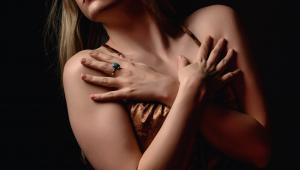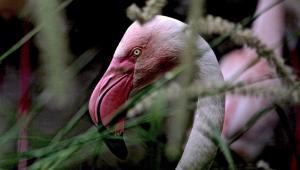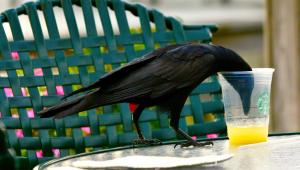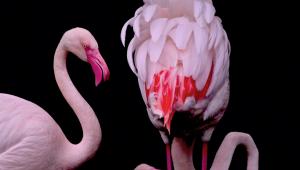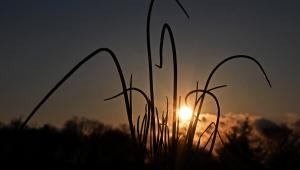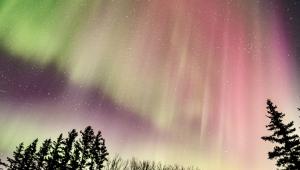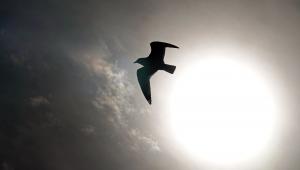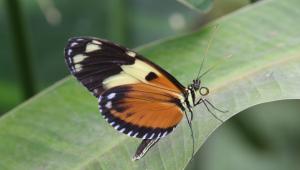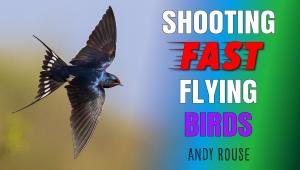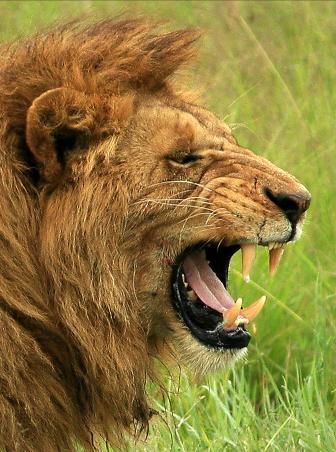Black And White Flower Portraiture
Black And White Flower Portraiture
Light, Shadow, And Tone
by Endre Balogh
Our world is filled with so many beautiful subjects—people, landscapes, architecture, flowers, etc.—that I find it very difficult to limit myself to just one genre of photography. Flowers, with their extraordinary variety and dazzling colors, present a particularly rich resource. Surprisingly, I discovered that converting a brilliantly colored flower photo into black and white reveals its structure and brings out an indefinable living essence that is otherwise masked by color. I approach each flower with great reverence, attempting to convey an idealized, almost spiritual version of it to the viewer.
Fuchsia |
|
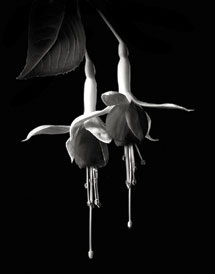 |
|
|
Although I never thought of myself as a “flower photographer,” I got so much urging from colleagues that in 2009 I embarked on a project to make portraits of as many flowers in black and white as possible. I specifically choose the word “portrait” because each flower seems to have its own unique “personality” which I try to capture by applying the same techniques I use in my portrait photography.
Rose |
|
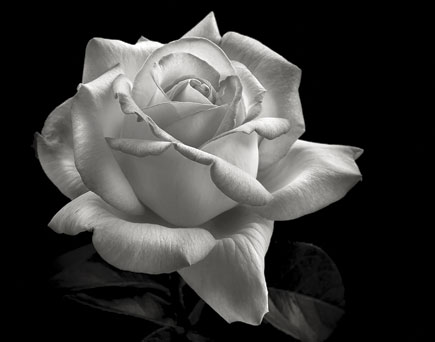 |
|
|
All my flower photos have been done with natural light—a big southeast doorway that faces our back yard, opened to afternoon shade. I have always been fond of the dramatic effect of chiaroscuro lighting, so I use a piece of black cloth for the background and whatever ambient light is in the room works as fill. Since I can’t move my light source, I spend a lot of time studying the flower and adjusting it into the perfect position to capture the varying textural structures of the petals and foliage so that the intricate shapes and lines are best revealed by the light and shadows. The flower always seems to have one “best” angle to shoot it from, and more often than not, the first shot I take is the one I end up using.
Tiger Lily |
|
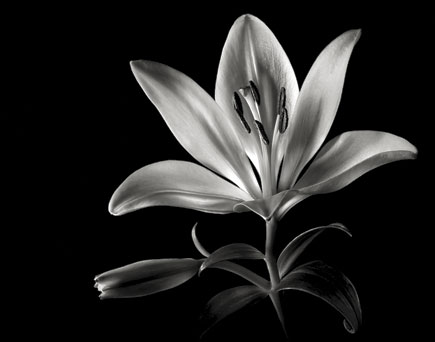 |
|
|
My main creative efforts go into the Photoshop processing. As any serious photographic artist knows, everything from cropping to final sharpening has an impact on the resulting image and even the tiniest details make an enormous difference. Like people, flowers can have a variety of blemishes ranging from subtle to blatant, which, in a static photo (even if they are totally natural), tend to distract the eye. I remove these errant flaws by carefully going over the entire flower with the Clone Tool, Patch Tool, and Healing Brush, just as I might a person’s portrait.
Dahlia |
|
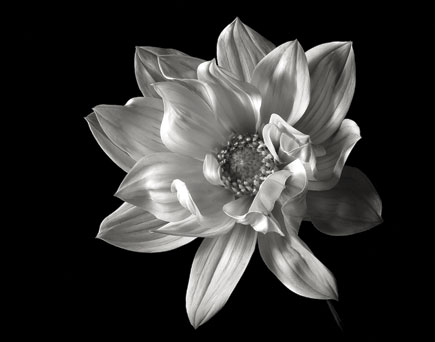 |
|
|
Then, I seek to draw the viewer’s eyes to elements that are most important or interesting. Humans tend to see dark areas as receding while lighter areas appear to come forward. Judicious dodging and burning allows me to define a flower’s most interesting features and also to help create an illusion of three-dimensionality.
Anemone |
|
 |
|
|
Making dramatic photos of flowers is not as hard as one might suppose. For me, it is an exceptionally rewarding process and I hope that by seeing my photos and reading a bit of how I approach their creation, you will be inspired to try your hand at it.
Oriental Lily |
|
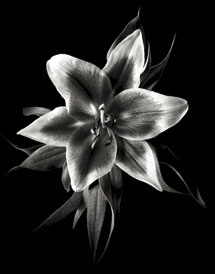 |
|
|
Endre Balogh is an acclaimed concert violinist who has performed throughout the world. He is also an award winning Los Angeles-based photographer specializing in portraiture, fine-art photography, and graphic art. His works are part of several prominent collections. His website is www.endresphotos.com.
- Log in or register to post comments











